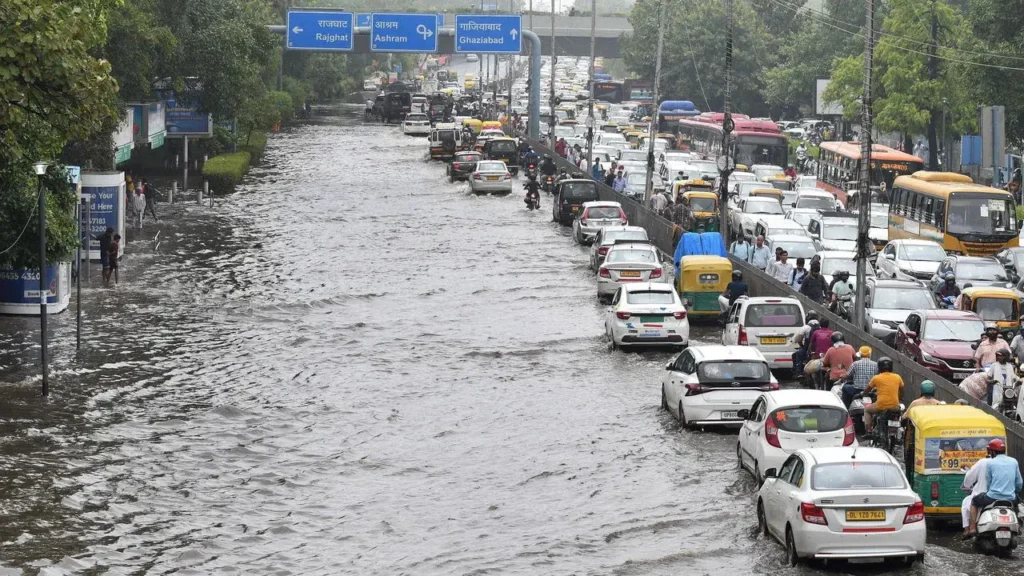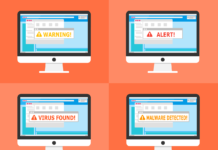As Monsoon 2025 approaches, anticipation and uncertainty are building across India and neighboring regions. For millions of farmers, the monsoon isn’t just a seasonal event—it’s the backbone of their livelihood. At the same time, urban dwellers brace themselves for the impact this seasonal shift brings to city life, from waterlogging and traffic jams to potential health concerns.
This year’s forecast holds particular significance due to recent shifts in global climate patterns, including the lingering effects of El Niño and warming ocean currents. Accurate predictions are more critical than ever, helping communities prepare for what lies ahead. In this article, we break down the key expectations for Monsoon 2025, examine how it may affect agriculture and city life, and offer practical insights to help individuals and authorities navigate the season safely and smartly.
Monsoon 2025: Overview and Key Predictions
Early forecasts for Monsoon 2025 suggest a season of variability, with both opportunities and challenges expected across different parts of South Asia. According to the Indian Meteorological Department (IMD), the monsoon is likely to arrive near its usual onset date in Kerala—around the first week of June—and withdraw by late September. However, meteorologists are closely watching the evolving ocean temperatures in the Pacific and Indian Oceans, which could influence rainfall intensity and distribution.
Preliminary data indicates that central and eastern India may receive slightly above-normal rainfall, benefiting key agricultural zones. In contrast, the northwestern regions—including parts of Rajasthan and Gujarat—could experience dry spells due to weakening monsoon currents mid-season. Southern states, including Tamil Nadu and Karnataka, are projected to see balanced precipitation, although isolated areas might face heavy downpours.

Urban areas across the country, particularly cities like Mumbai, Bengaluru, and Kolkata, must prepare for episodes of intense rainfall that could lead to localized flooding. City planning bodies are being urged to ramp up drainage system maintenance and emergency response strategies in anticipation of weather extremes.
As people gear up for the season, it’s worth noting that access to weather updates, emergency tools, and even entertainment apps like 1xbet mobile can help residents stay informed and engaged while navigating seasonal disruptions. Whether you’re checking rainfall alerts or passing time during a rain delay, having the right digital resources on hand can make a big difference.
With shifting weather models and the possibility of short-term climate events like El Niño or the Indian Ocean Dipole affecting outcomes, Monsoon 2025 will require close attention from both rural and urban populations.
Impact on Agriculture
The monsoon season is the most critical period for agriculture in South and Southeast Asia, and Monsoon 2025 is expected to bring mixed outcomes for farmers. With central and eastern regions projected to receive above-normal rainfall, staple crops like rice, maize, and pulses may thrive, especially in rain-fed areas. This could lead to increased sowing activities and higher yields, assuming rainfall remains well-distributed over the planting and growing phases.
However, not all regions are likely to benefit equally. Forecasts indicate potential dry spells in parts of the northwest and intermittent heavy rainfall in the southern coastal states. These fluctuations could cause problems such as water stress during germination or flooding during harvest. Farmers in vulnerable areas are being encouraged to adopt climate-resilient farming techniques, diversify crop choices, and consider short-duration or drought-resistant varieties.
Another major concern is the risk of pest outbreaks and fungal diseases, which tend to rise with increased humidity and unseasonal rain. Agricultural extension services are expected to play a vital role in disseminating information, providing early warnings, and recommending timely interventions to minimize crop damage.
In this context, staying informed has become just as important as having the right tools. Digital platforms, including apps for weather updates, crop management, and even leisure like 1xbet philippines, are gaining popularity among younger farmers. These apps can serve as both practical resources and a way to unwind during long, weather-dependent pauses in fieldwork.
Ultimately, the success of Monsoon 2025 for agriculture will depend on not just the volume of rainfall, but its timing, spread, and farmers’ preparedness to adapt to changing patterns.
Urban Implications and Preparedness
As Monsoon 2025 approaches, urban areas are preparing for a variety of challenges that the season typically brings. The impact of heavy rainfall can be especially pronounced in densely populated cities, where infrastructure may struggle to handle the influx of water. Flooding, traffic disruptions, and health risks are some of the primary concerns for urban dwellers during the monsoon.
Flooding and Drainage Issues:
Many cities across South Asia are prone to flash floods, especially when rainfall is more intense than expected. Cities like Mumbai, Kolkata, and Bengaluru have witnessed severe flooding in the past, disrupting daily life, damaging property, and even causing loss of life. Poor drainage systems, blocked sewage lines, and rapid urbanization exacerbate the situation. As a result, local governments are being urged to prioritize stormwater management systems and improve drainage infrastructure before the rains intensify.
Traffic Disruptions and Infrastructure Resilience:
Monsoon rains often lead to road closures, traffic jams, and delayed public transportation. The movement of people and goods can be significantly hindered during the peak of the season. Urban planners are working on strengthening roads, bridges, and railway tracks, as well as deploying emergency services and traffic management teams to minimize disruptions. The timely and efficient functioning of these services will be essential to ensure the city does not come to a standstill during heavy rains.
Health Concerns and Disease Outbreaks:
With increased rainfall, the risk of waterborne diseases such as cholera, dengue, and malaria rises. Standing water in puddles and open drains provides the perfect breeding ground for mosquitoes. Urban areas are focusing on the timely removal of waterlogging, regular cleaning of drains, and ensuring access to clean drinking water. Public health campaigns are also being rolled out to raise awareness about preventive measures, such as using mosquito nets and ensuring proper sanitation.
Government and Community Initiatives:
City authorities are ramping up their preparedness by implementing early warning systems, ensuring quick mobilization of rescue teams, and offering public advisories on safe evacuation routes during heavy flooding. Meanwhile, communities are being encouraged to take proactive measures, like securing homes against water damage and keeping emergency supplies on hand. Urban dwellers are also advised to stay updated with weather forecasts and government alerts, which have become even more accessible through mobile apps and digital platforms.
In addition to this, apps like 1xbet philippines are becoming popular for entertainment and leisure during prolonged monsoon-induced disruptions. While staying informed about weather updates, people can also make use of such platforms to engage in various activities as the rains pour outside.
As the monsoon progresses, preparedness is key—whether it’s protecting your home, staying safe during commutes, or managing health risks.



































